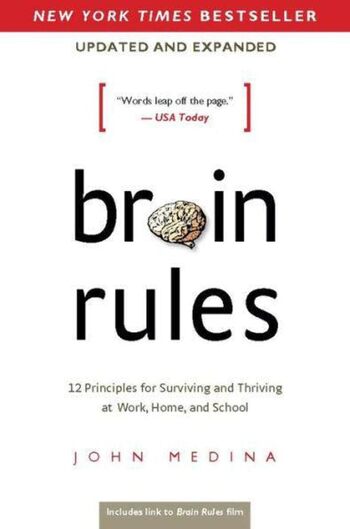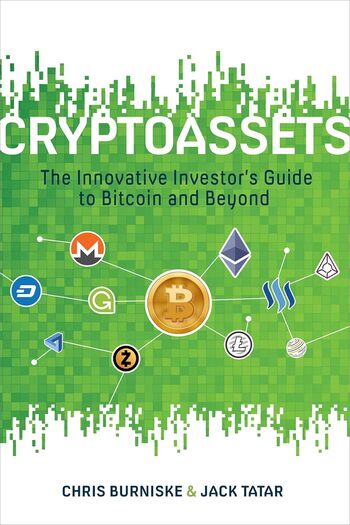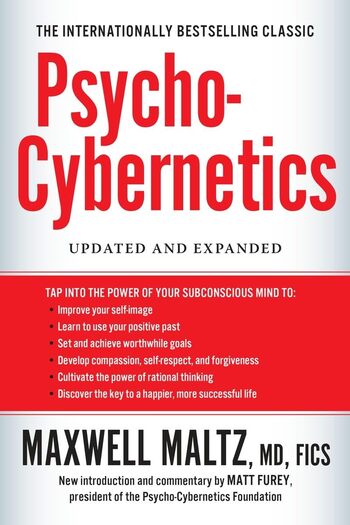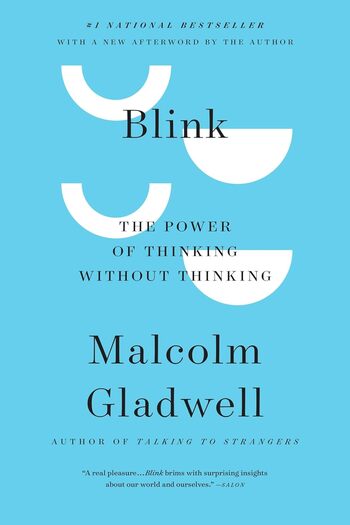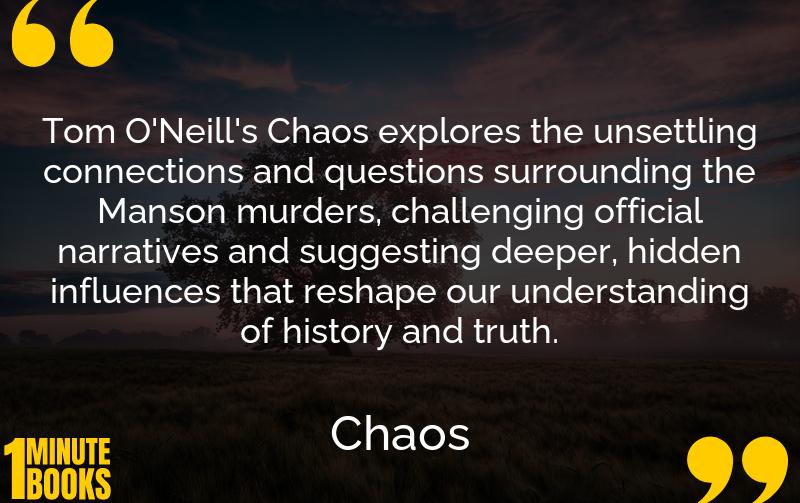
Chaos explores the Manson Family murders, linking them to covert CIA operations like MK-Ultra. Tom O’Neill’s meticulous research challenges accepted narratives and delves into 1960s American socio-political turmoil.
Main Lessons
- Charles Manson’s life and crimes are intricately tied to broader American historical events of the 1960s.
- The book questions the conventional narrative of the Manson Family murders, suggesting hidden depths and complexities.
- Manson’s potential involvement in the CIA’s MK-Ultra program introduces a chilling layer of government manipulation.
- There are startling links between Manson, the CIA, and other shadowy elements of history that invite re-examination.
- O’Neill critiques the role of law enforcement and the justice system in the Manson case, uncovering missteps and possible cover-ups.
- Vincent Bugliosi’s prosecution of Manson may have simplified a more complicated story.
- The media’s portrayal of the Manson case perhaps shaped public perception, ignoring critical details.
- Beyond Manson, the book paints a picture of a 1960s America marred by upheaval and distrust in government.
- Government overreach is questioned in the name of national security during this tumultuous period.
- Chaos invites readers to rethink pivotal historical moments and the narratives they’ve taken as truth.

